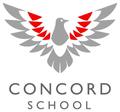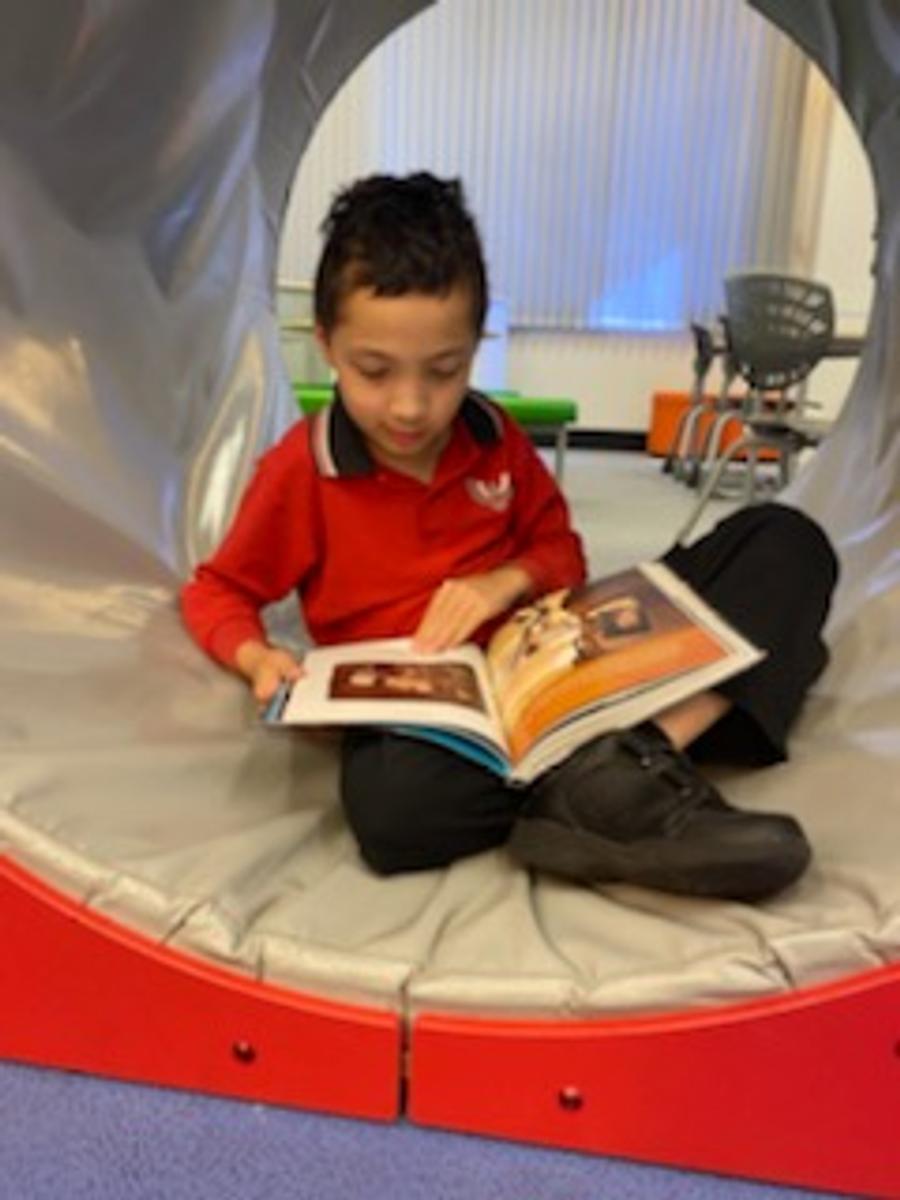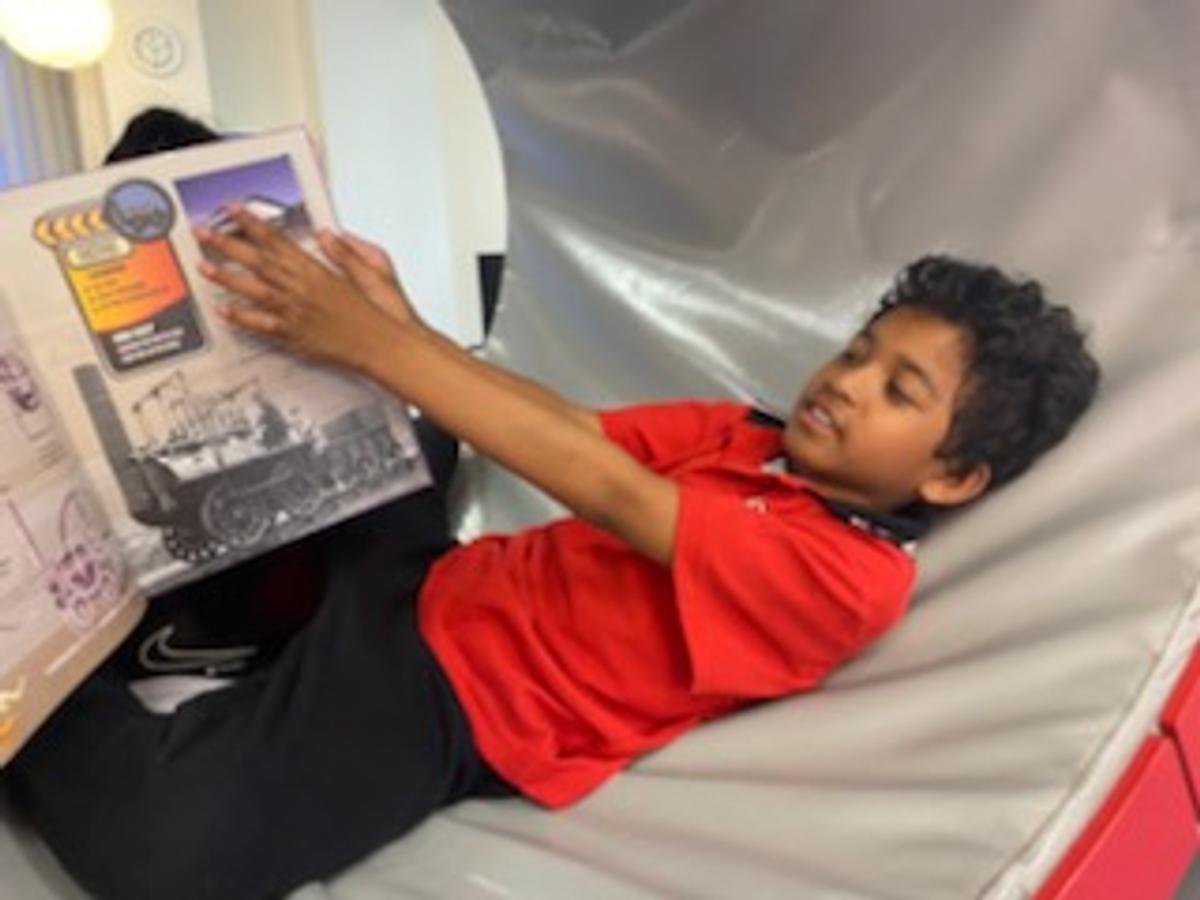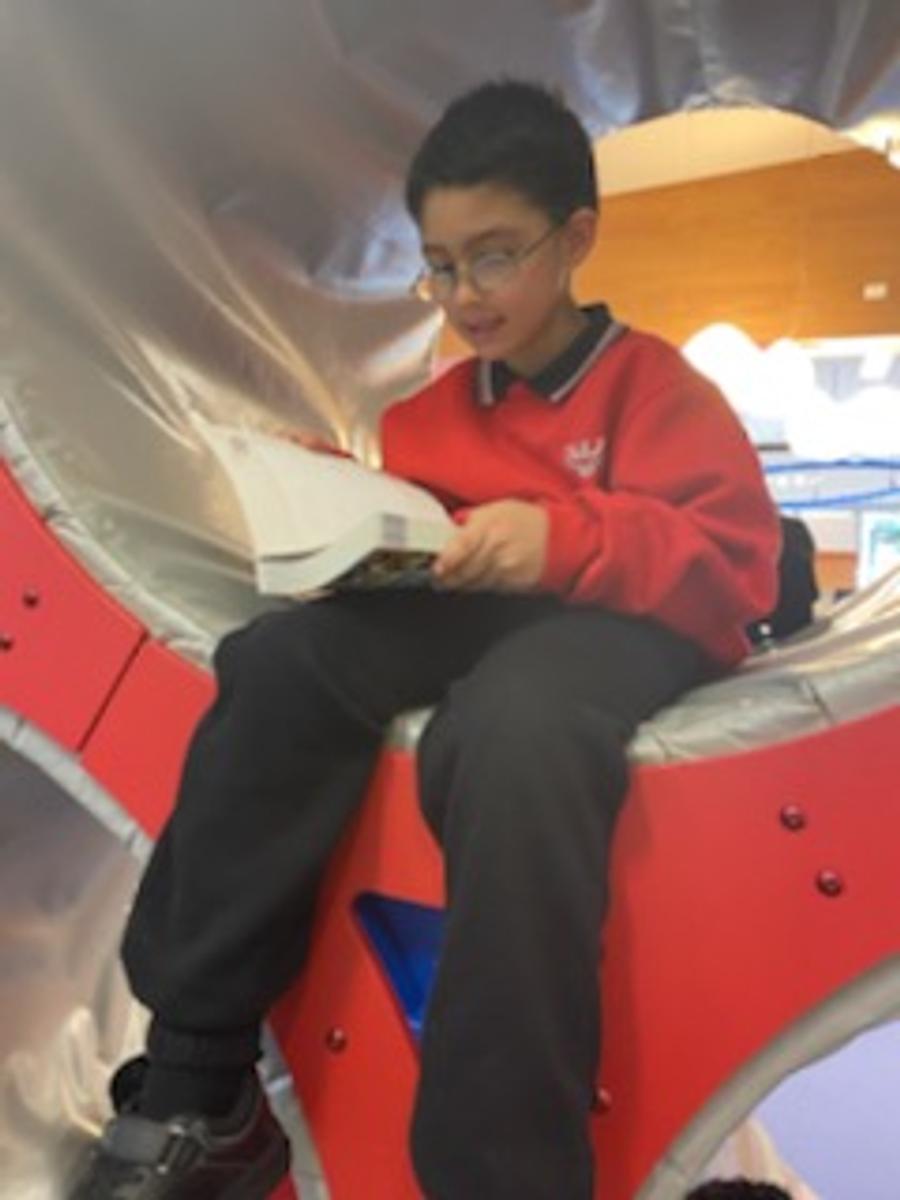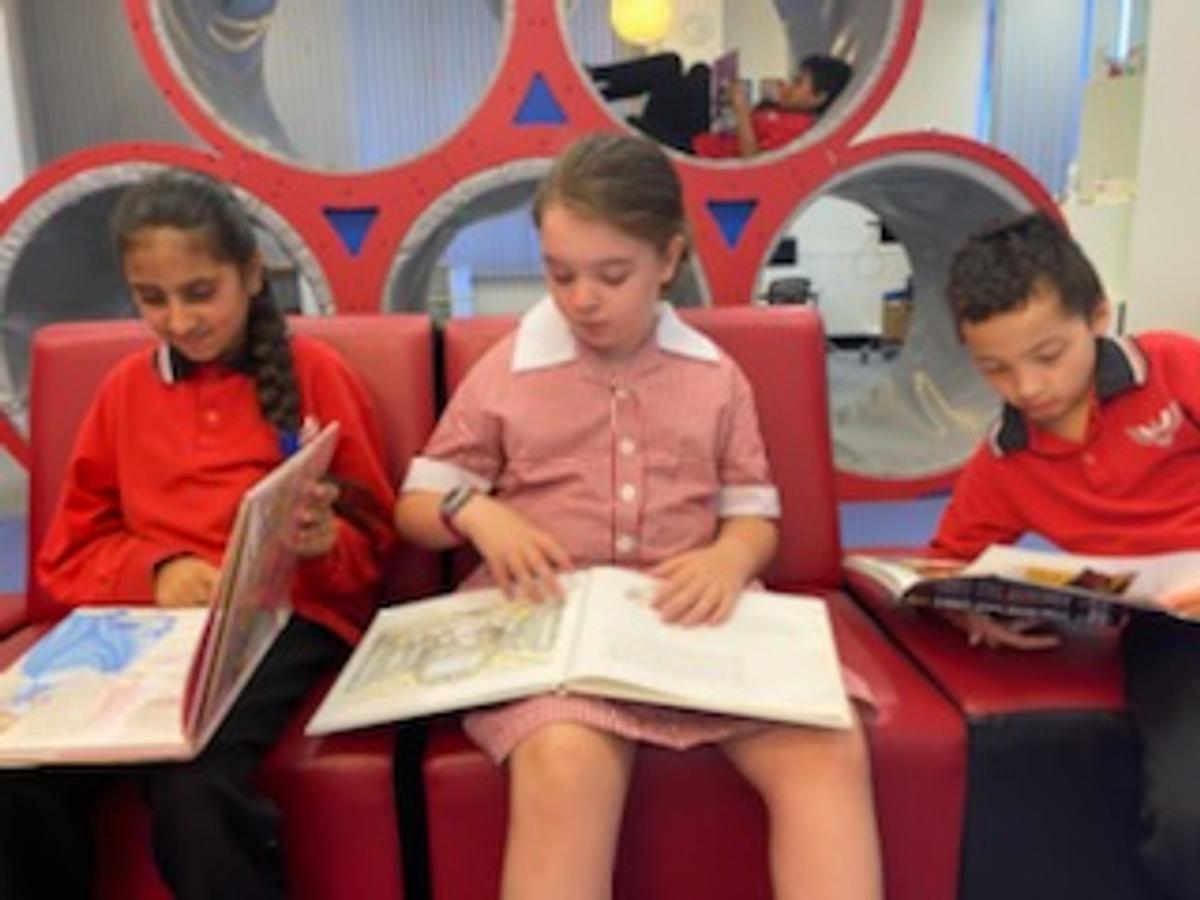Teaching and Learning
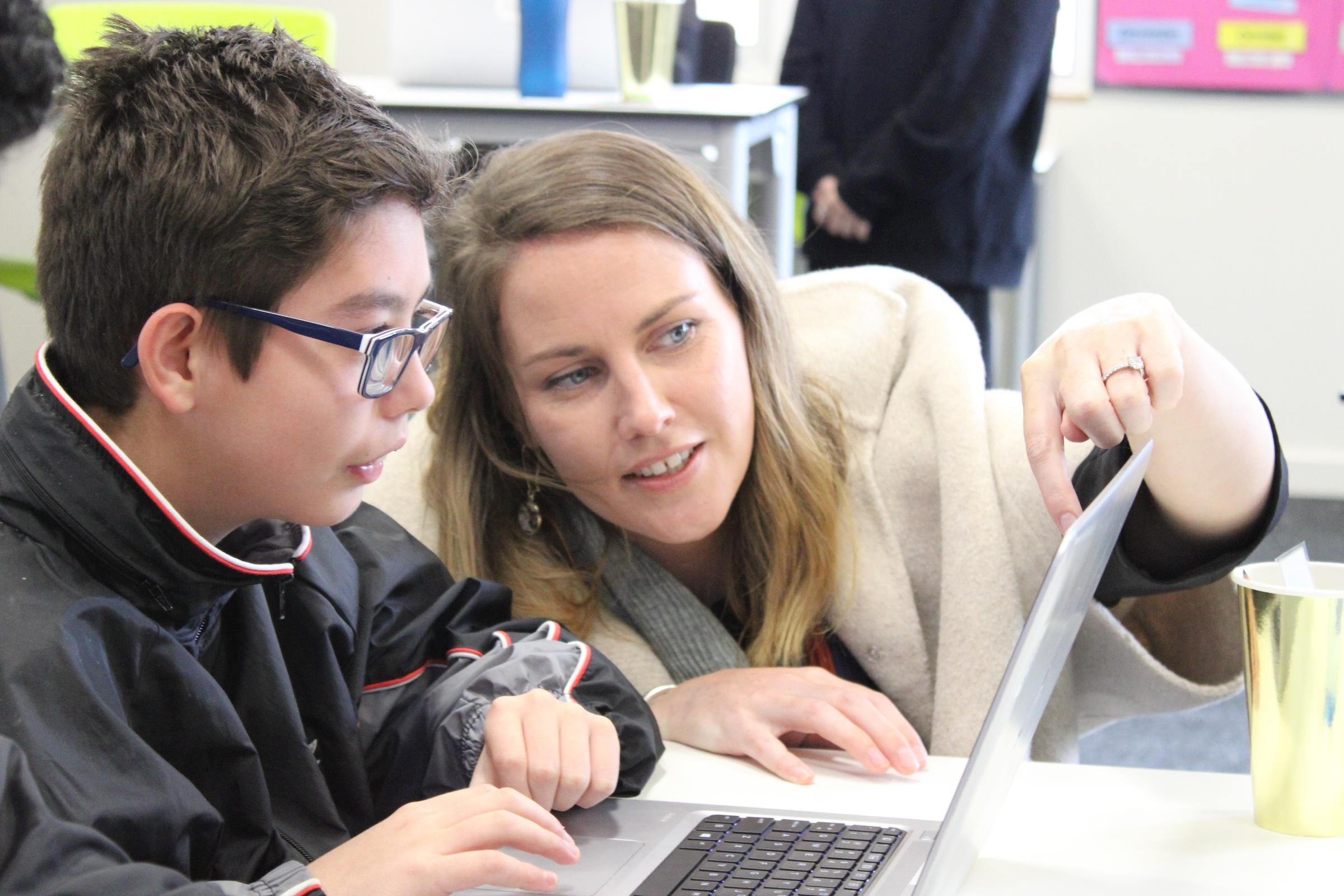
Teaching and Learning
Welcome back everyone, it has been such a pleasure to see new and existing staff, students and families around the grounds and in the classrooms. I’ve also enjoyed making the connections between parents/carers and students at the Parent Information Night and at drop off and pick up points. I hope everyone managed some time for some rest over the summer break. I know I enjoyed visiting my family up in the country.
Teachers have returned with the Concord enthusiasm establishing shared classroom values whilst re-visiting classroom routines. As students move into new classes, teachers and support staff are assisting students to create and maintain relationships with their peers. It is an exciting time for Concord School as we inquire into best practice for all instruction however with a focus on Literacy. In the coming weeks teachers will conduct assessments to identify students’ strengths and needs in English and Mathematics which will guide their teaching practice and individual learning plans.
Homework at Concord School is optional and is discussed individually at the Meet the Teacher Night, which is next Tuesday 16th February. An element of homework that is offered across all sections within Concord is a variation of Reading whether it is a hard copy book, an ebook or an audiobook. This signifies the value in reading at home. It might be your child reading to you, it could be them listening to an audiobook or having them listen to you read.
Fun Fact!
Reading together
Reading together is a valuable thing to do. Reading increases your child’s vocabulary, expands your child’s understanding of the world, and gives them confidence when using language. Reading is also an important way to make the link between spoken words and written words.
Here are some general tips:
- Visit your local library to select and read books together, ask your local library if they utilise the Borrow Box app https://www.borrowbox.com/ to access audiobooks for free.
- Encourage your child to select books, magazines, catalogues, or multimedia stories according to their interests.
- Set aside time for reading every day. Reading before bedtime is a good habit to get into.
- Position yourself so your child can see the words and the pictures.
- Run your finger across the page with each word to help your child identify and remember words and sounds.
- Share wordless picture books to develop imagination, ideas and vocabulary by naming and describing things in pictures.
- Look for rhyme, rhythm or repetition in books. This will help develop your child’s love of language.
- When reading to your child, read stories with expression, or try putting on the voices of characters. This will help make reading fun.
- Point out important features about a book – for example, the words and pictures, the front cover, the spine, the contents page, or the title.
- Explore words using a dictionary.
- Encourage your child to take over some or all of the reading if they feel confident.
- If your child is confident with their reading, allow them to read without interruption. Fluency is gained with confidence. Mistakes can be discussed after a block of reading, or in subsequent readings.
- Allow your child to read at their own pace. Model good pace when you read to them.
- Give your child the opportunity to re-read books.
Flora Nixon
Assistant Principal
Teaching and Learning
